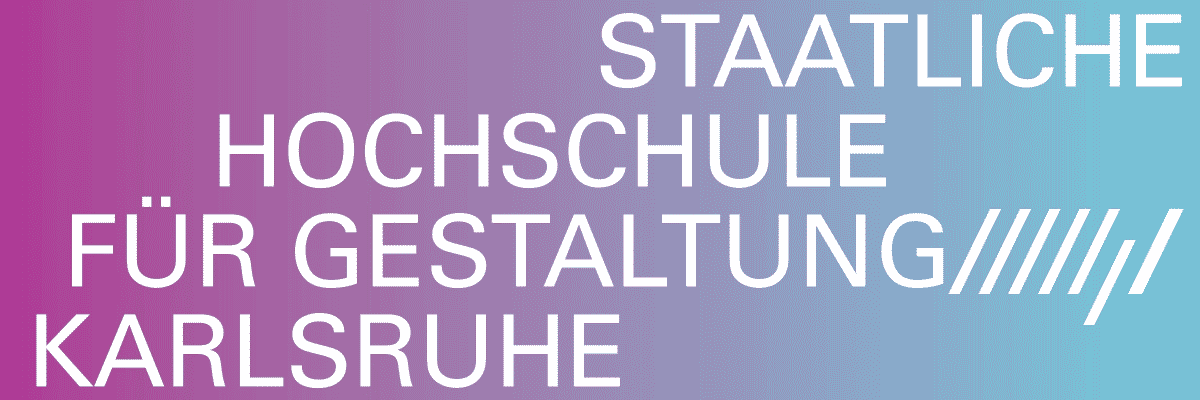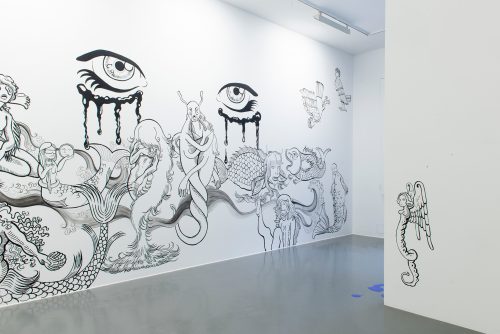
Toni Vallasjoki
Y

Video installation: A Book (2024), 16 mm film transferred to HD, stereo sound
Advertisement

A Book (2024), 16 mm film transferred to HD, stereo sound, 3'51 min (loop), cinematography: Aake Kivalo

A Book (2024), 16 mm film transferred to HD, stereo sound, 3'51 min (loop), cinematography: Aake Kivalo

Video installation: A Book (2024), 16 mm film transferred to HD, stereo sound

Video installation (detail): A Book (2024), 16 mm film transferred to HD, stereo sound

Installation view: Calendar (∞), Y, gallery Hippolyte

Calendar (∞), birch plywood, birch sticks, oil, acrylic paint, screws, washers, threaded rods. 44.6 x 158.3 x 3.5 cm

Installation view: Y, gallery Hippolyte

Installation view: Divider, Y, gallery Hippolyte

Installation view: Y, gallery Hippolyte

Installation view: Y, gallery Hippolyte

Installation view: Y, gallery Hippolyte

Installation view: Y, gallery Hippolyte

22.5. (∞), hand coloured lumen print on fibre based paper, food colour, varnish, artists frame, passepartout, glass, 101,5 x 101,5 x (25 x 20) cm, 1/1

22.5. (∞), hand coloured lumen print on fibre based paper, food colour, varnish, artists frame, passepartout, glass, 101,5 x 101,5 x (25 x 20) cm, 1/1

A Box (2024), laser prints transferred on wood, oak, oak plywood, folded silk paper, pins, masking tape, varnish. 65 x 75 x 4,5 cm

A Box (2024), laser prints transferred on wood, oak, oak plywood, folded silk paper, pins, masking tape, varnish. 65 x 75 x 4,5 cm

Installation view: Y, gallery Hippolyte

Attempts: Trying to Estimate a Passage of a Second (2024), pencil on paper, acrylic paint, frame, glass. 140 x 194 x 00 (124 x 180) cm
Travel vertically along the line from bottom to top. Once you reach the top of the line, you’ll be at a crossroads. Choose whether first to veer slightly left or right. Follow your choice and enter through the door.
When you return to the crossroads, travel in the opposite direction this time and enter through the other door.
The starting point of Toni Vallasjoki’s work often revolves around spatial questions and particularly his interest in how people experience and define time. He contemplates where, when, and why the space is formed, what it contains, and what remains outside. Additionally, he considers how to guide the gallery visitors to navigate the exhibition in desired manner. These questions have defined the direction for the exhibition Y at the Photographic Gallery Hippolyte. In preparing the exhibition, Vallasjoki has approached the space by splitting it into parts. Through experimentation, addition, subtraction, repetition, and iterative processes, he has sought to understand how the exhibition space thinks.
At Hippolyte, Vallasjoki’s work expands into the realm of filmmaking. In the piece A Book, a book composed of hundreds of sheets, each just a fraction of a millimetre thick, is placed in front of a film camera. Action happening outside the image creates a movement that guides the pages of the book, bringing its own logic to the whole. The video installation constructed within the exhibition space divides it in half, directing attention to different spaces.
The exhibition displays periodic works, such as Calendar, which exemplify Vallasjoki’s approach to understanding and marking time. The wall sculpture consists of two wooden panels adorned with symbols, involving the gallery staff as part of the piece. Instructions are given to the exhibition attendant: “Daily before the exhibition opens, move one symbol from the first panel to the other until the end of the exhibition.” The piece follows the same logic and cycle as a daily calendar. As the day changes, the arrangement of the artwork shifts.
The interest in recording and presenting time is also present in the artwork Attempts: Trying to Estimate a Passage of a Second. The work measures efforts to gauge the passing of a second. The results of these assessments, recorded in a large-scale pencil drawing, are arranged in rows and layers, forming a brief sampling of flowing time. In the photographic work 22.5., Vallasjoki has placed a matrix on light-sensitive material and exposed it to natural light. This gesture has left a trace on the material, serving as documentation of time and the event. As indicated by its name, which refers to the halfway date of the exhibition, the artwork completes an entire cycle of time, beginning its journey towards the next sequence. The artwork can be interpreted as an allegory for the eternal cycle of renewal, symbolised by the Ouroboros, in which a serpent consumes its own tail.
When visiting the exhibition, please use both entrances.
Toni Vallasjoki




